Home>Articles>How Long Does Epoxy Take To Dry On Countertops
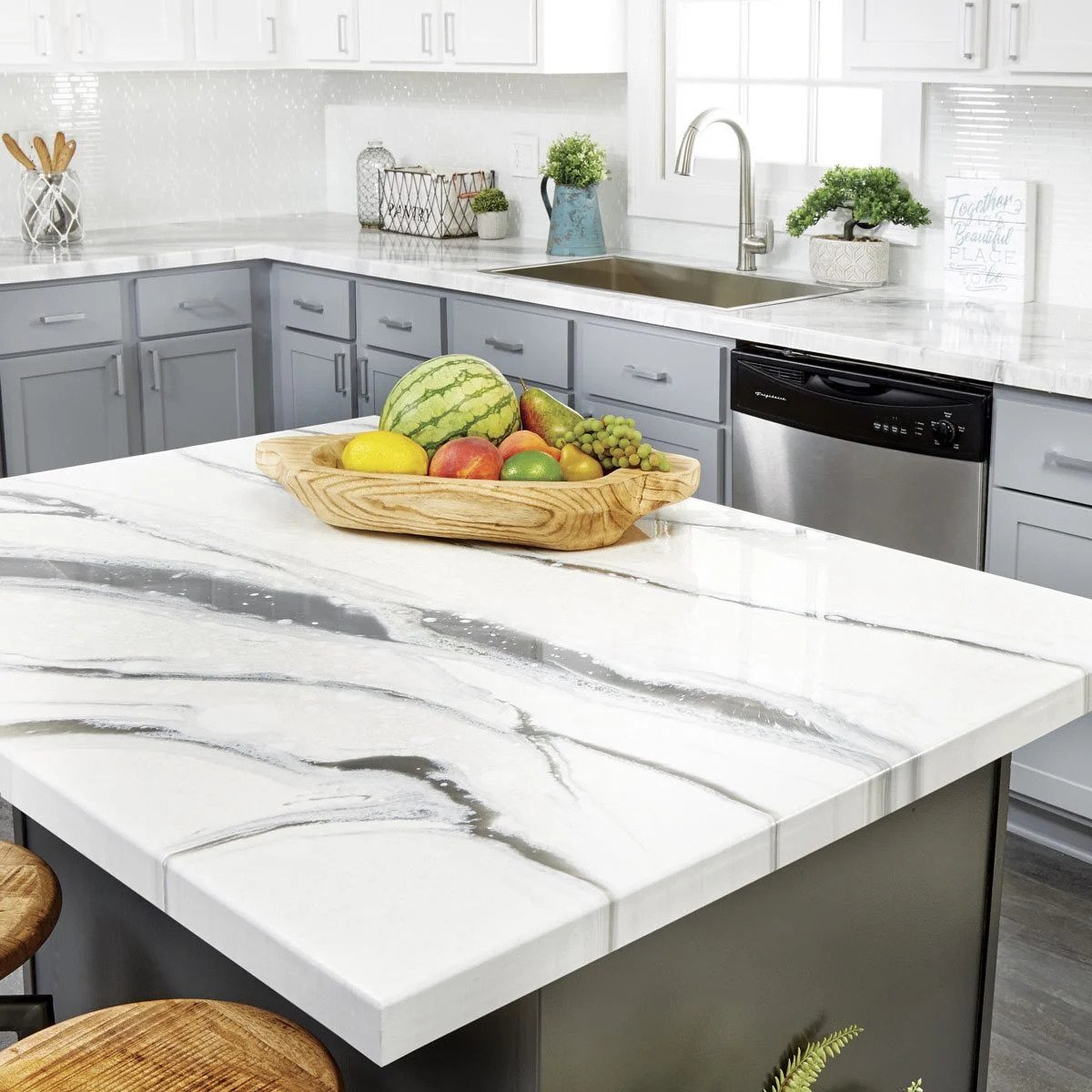

Articles
How Long Does Epoxy Take To Dry On Countertops
Modified: December 7, 2023
Discover how long it takes for epoxy to dry on countertops with our informative articles. Achieve flawless results and transform your space quickly.
(Many of the links in this article redirect to a specific reviewed product. Your purchase of these products through affiliate links helps to generate commission for Storables.com, at no extra cost. Learn more)
Introduction
Epoxy is a popular material choice for countertops due to its durability and aesthetic appeal. Whether you’re a homeowner looking to upgrade your kitchen or a professional contractor working on a renovation project, understanding the drying time of epoxy on countertops is crucial for achieving a successful outcome.
When it comes to epoxy, the drying process is vital as it determines the final strength and integrity of the countertop. It’s essential to allow sufficient time for the epoxy to dry and cure properly before using the countertop. In this article, we will delve into the factors that affect epoxy drying time on countertops and provide recommendations and tips to ensure a smooth and efficient drying process.
Before we proceed, let’s briefly understand what epoxy is and why it’s a popular choice for countertops. Epoxy is a type of resin that, when mixed with a hardener, creates a strong, durable, and visually appealing surface. It can be poured over various substrates, such as wood, concrete, or laminate, to create a smooth, glossy finish.
The epoxy mixture is typically poured onto the countertop surface and spread evenly using a squeegee or roller. As the mixture cures, it hardens and forms a protective layer that enhances the durability and resistance of the countertop to stains, scratches, and heat. However, achieving the desired results requires proper consideration of factors that influence the epoxy drying time.
So, let’s dive in and explore the various elements that can affect how long epoxy takes to dry on countertops.
Key Takeaways:
- Patience is key when drying epoxy on countertops. Avoid rushing the process and allow ample time for proper curing to achieve maximum strength and durability.
- Factors such as temperature, humidity, and epoxy formulation significantly impact drying time. Understanding and addressing these factors is crucial for successful epoxy drying on countertops.
Read more: How Long Does It Take For Brick To Dry
Understanding Epoxy and Its Drying Process
Before we delve into the factors that affect epoxy drying time on countertops, let’s first gain a better understanding of the epoxy itself and how it dries.
Epoxy consists of two main components: resin and hardener. The resin is the liquid portion, while the hardener is a catalyst that initiates the chemical reaction between the resin and hardens it. When these two components are mixed together, they undergo a process called curing, which transforms the liquid mixture into a solid, durable surface.
The drying process of epoxy can be categorized into two stages: the tacky stage and the fully cured stage. During the tacky stage, the epoxy has a slightly sticky or tacky feel and is not yet suitable for use. It’s important to avoid any contact or manipulation during this stage to prevent deformations or blemishes on the countertop surface.
As time passes, the epoxy gradually progresses to the fully cured stage, where it has completely solidified and hardened. This is when the countertop is ready for regular usage, such as food preparation or placing items on its surface.
It’s worth noting that the drying time of epoxy can vary depending on several factors, including environmental conditions, epoxy brand, and the thickness of the epoxy layer. Let’s explore these factors further in the next section.
Factors Affecting Epoxy Drying Time on Countertops
Several factors can influence the drying time of epoxy on countertops. It’s important to take these factors into consideration to ensure that the epoxy cures properly and achieves the desired results. Let’s explore the key factors that affect epoxy drying time:
- Temperature and Humidity: Temperature and humidity play a significant role in epoxy drying time. Generally, epoxy cures faster in warmer temperatures and lower humidity levels. Warmer temperatures accelerate the chemical reaction between the resin and hardener, while lower humidity helps to evaporate the moisture and aids in the drying process. It is essential to maintain a controlled environment within the recommended temperature and humidity range specified by the epoxy manufacturer for optimal drying results.
- Epoxy Formulation: Different epoxy formulations can have varying drying times. Some epoxy brands offer specific formulations for faster curing, while others may have longer drying times. It’s crucial to choose an epoxy product that is suitable for your specific project requirements and desired drying time.
- Epoxy Thickness: The thickness of the epoxy layer can significantly affect the drying time. Thicker layers take longer to cure as the heat generated during the curing process may not dissipate as quickly. It’s important to follow the manufacturer’s guidelines and apply the epoxy in the recommended thickness to ensure proper curing and avoid potential issues such as overheating or prolonged drying times.
- Ventilation: Adequate ventilation is necessary during the epoxy drying process. Proper airflow helps to accelerate the evaporation of solvents and moisture, promoting faster drying. It is recommended to open windows or use fans to facilitate air exchange in the area where the epoxy is drying.
- Epoxy Additives: Certain additives or pigments added to the epoxy mixture can extend the drying time. These additives may enhance certain aesthetic or functional properties but can slow down the curing process. If you are using any additives, it’s important to consider their impact on the drying time and adjust your expectations accordingly.
By understanding and addressing these factors, you can effectively manage the drying time of epoxy on countertops. Next, we’ll discuss the recommended epoxy drying time to achieve optimal results.
Recommended Epoxy Drying Time for Countertops
The recommended drying time for epoxy on countertops is crucial to ensure that the surface is fully cured and ready for use. While there is no one-size-fits-all answer, as drying times can vary depending on the factors mentioned earlier, here are some general guidelines to follow:
- Tacky Stage: During the tacky stage, the epoxy will have a slightly sticky or tacky feel. It’s important to avoid any contact or manipulation during this stage to prevent blemishes or deformations on the countertop. The tacky stage typically lasts for a few hours to overnight, depending on the epoxy formulation and environmental conditions.
- Fully Cured Stage: The fully cured stage is when the epoxy has completely hardened and is ready for regular use. This stage can typically be achieved within 24 to 72 hours, again depending on various factors like temperature, humidity, and epoxy formulation. However, it’s important to note that some epoxy brands may recommend a longer cure time, and it’s always best to follow the specific instructions provided by the manufacturer.
It’s important to exercise patience during the curing process and avoid rushing to use the countertop prematurely. Allowing the epoxy ample time to cure will ensure that it reaches its maximum strength and durability, minimizing the risk of any issues in the future.
Additionally, keep in mind that lower temperatures and higher humidity levels can prolong the drying time. If you’re working on a project in a colder or more humid environment, it might be necessary to extend the drying time accordingly. Consulting the epoxy manufacturer’s guidelines and adjusting drying times as needed is essential for achieving the best results.
Next, let’s explore some tips for speeding up the epoxy drying process on countertops, especially if you’re working on a tight timeline.
When using epoxy on countertops, it typically takes 24-72 hours to fully cure. To ensure the best results, follow the manufacturer’s instructions for drying and curing times.
Tips for Speeding up Epoxy Drying on Countertops
If you’re looking to speed up the epoxy drying process on countertops, here are some tips to consider:
- Optimize Temperature and Humidity: Maintaining an optimal temperature and humidity level can significantly accelerate epoxy drying. Ensure that the workspace is within the recommended temperature range specified by the epoxy manufacturer. Consider using heaters or dehumidifiers to adjust the environment if necessary.
- Use Low-Viscosity Epoxy: Low-viscosity epoxy formulations tend to dry faster than thicker ones. These formulations have a lower thickness and can generate less heat during the curing process, allowing for quicker drying. However, it’s important to ensure that the low-viscosity epoxy is still suitable for your project requirements.
- Apply Thin Layers: Applying thin layers of epoxy can help speed up the drying process. Thicker layers take longer to cure as heat generated during the curing process may not dissipate as quickly. Follow the manufacturer’s guidelines and apply the epoxy in thin, even coats for faster drying.
- Provide Adequate Ventilation: Good airflow and ventilation are essential for faster epoxy drying. Place fans strategically to promote air exchange and enhance the evaporation of solvents and moisture. Open windows or doors to allow fresh air into the workspace.
- Use Heat Sources cautiously: While heat can accelerate the drying process, it’s important to use heat sources cautiously to prevent potential issues. Avoid applying direct heat onto the epoxy surface as it can cause uneven drying, bubbles, or even damage the epoxy. Instead, use indirect heat sources to warm up the surrounding environment.
- Follow Mixing Ratios and Instructions: Properly mix the epoxy components according to the manufacturer’s instructions. Follow the recommended mixing ratios and ensure thorough mixing to achieve optimal chemical reactions. Inaccurate mixing can result in improper curing and extended drying times.
By implementing these tips, you can help speed up the drying process of epoxy on countertops. However, it is crucial to strike a balance between accelerating the drying time and ensuring proper curing. Rushing the process too much may compromise the quality and durability of the final product.
Now, let’s take a look at some common mistakes to avoid during the epoxy drying process on countertops.
Read more: How Long Does It Take For A Driveway To Dry
Common Mistakes to Avoid During Epoxy Drying Process
While working with epoxy on countertops, it’s important to be aware of common mistakes that may hinder the drying process and affect the final result. By avoiding these mistakes, you can ensure a smooth and successful epoxy drying process. Here are some common mistakes to avoid:
- Insufficient Mixing: Failing to mix the epoxy components thoroughly can result in improper curing and extended drying times. Follow the manufacturer’s instructions and mix the resin and hardener properly, ensuring that there are no streaks or unmixed portions. Consider using a timer to help you achieve the recommended mixing time.
- Applying Epoxy in High Humidity: High humidity levels can significantly affect epoxy drying time. Avoid applying epoxy in areas with high humidity as it can slow down the drying process and potentially result in tacky or soft spots on the countertop. If necessary, use dehumidifiers or wait for more favorable weather conditions before applying the epoxy.
- Skipping Surface Preparation: Proper surface preparation is crucial for ensuring good adhesion and a successful drying process. Clean the countertop surface thoroughly, removing any grease, dirt, or previous finishes. Sanding the surface can also provide better adhesion for the epoxy. Skipping this step can lead to issues such as poor bonding or uneven drying.
- Overbrushing or Overworking: Once the epoxy is applied to the countertop, avoid overbrushing or overworking it. Excessive brushing or manipulation can introduce air bubbles or distort the smooth, glossy finish. Work quickly and efficiently to spread the epoxy evenly, and then leave it undisturbed to dry.
- Rushing the Curing Process: It can be tempting to rush the epoxy drying process, especially if you’re on a tight timeline. However, premature use of the countertop can result in damage or imperfections. Follow the recommended drying times and allow the epoxy to cure completely before subjecting it to regular use or placing objects on the surface.
- Ignoring Safety Measures: Epoxy is a chemical mixture that requires proper safety precautions. Wear appropriate protective gear, such as gloves and goggles, when working with epoxy. Ensure proper ventilation to minimize exposure to fumes. Follow safety guidelines provided by the epoxy manufacturer to protect yourself and others during the drying process.
By avoiding these common mistakes, you can ensure a successful epoxy drying process and achieve the desired results on your countertop. Now, let’s summarize what we’ve discussed so far.
Conclusion
Understanding the drying time of epoxy on countertops is essential for achieving a successful outcome in your renovation or construction project. By considering various factors such as temperature, humidity, epoxy formulation, and thickness, you can optimize the drying process and ensure that the epoxy cures properly.
It’s important to follow the recommended drying time guidelines provided by the epoxy manufacturer. The tacky stage, where the epoxy is slightly sticky, should be avoided for any contact or manipulation to prevent blemishes or deformations. The fully cured stage, when the epoxy has hardened completely, typically takes 24 to 72 hours, but it’s best to refer to the specific instructions for the epoxy brand you are using.
If you need to speed up the epoxy drying process, you can optimize temperature and humidity, use low-viscosity epoxy formulations, apply thin layers, provide adequate ventilation, and follow proper mixing ratios. However, it’s crucial to exercise caution and find the right balance between accelerating the drying time and ensuring proper curing for the best results.
Avoiding common mistakes such as insufficient mixing, high humidity application, skipping surface preparation, overbrushing or overworking, rushing the curing process, and ignoring safety measures is vital for a successful epoxy drying process. By following these guidelines, you can minimize the risk of issues, ensure a smooth drying process, and achieve a durable and visually appealing countertop surface.
Lastly, always refer to the specific instructions provided by the epoxy manufacturer for the best results. Each epoxy product may have slight variations in drying time and recommended procedures. By maintaining patience, attention to detail, and adherence to the manufacturer’s guidelines, you can successfully dry epoxy on your countertops and enjoy a long-lasting, beautiful surface.
Frequently Asked Questions about How Long Does Epoxy Take To Dry On Countertops
Was this page helpful?
At Storables.com, we guarantee accurate and reliable information. Our content, validated by Expert Board Contributors, is crafted following stringent Editorial Policies. We're committed to providing you with well-researched, expert-backed insights for all your informational needs.
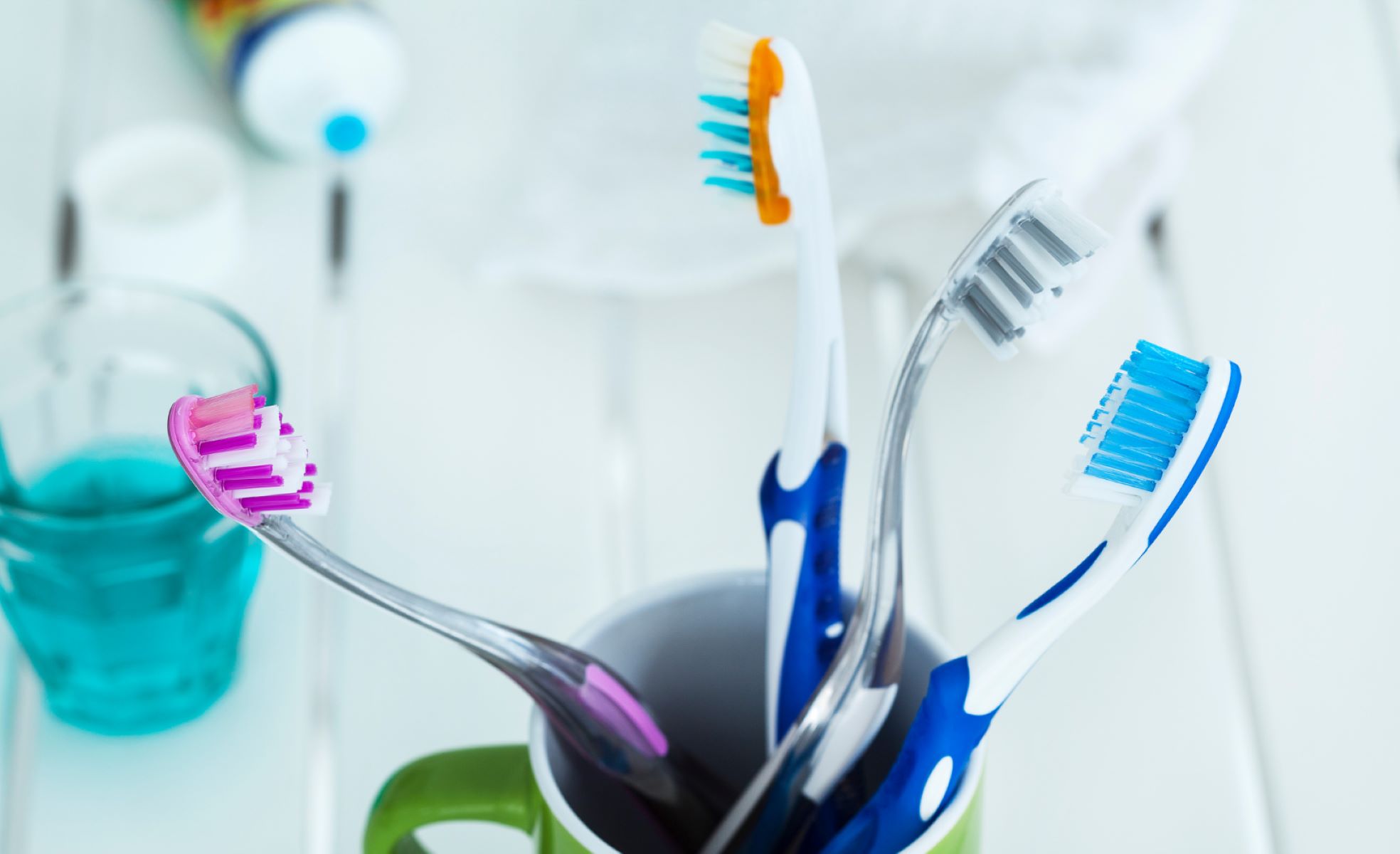
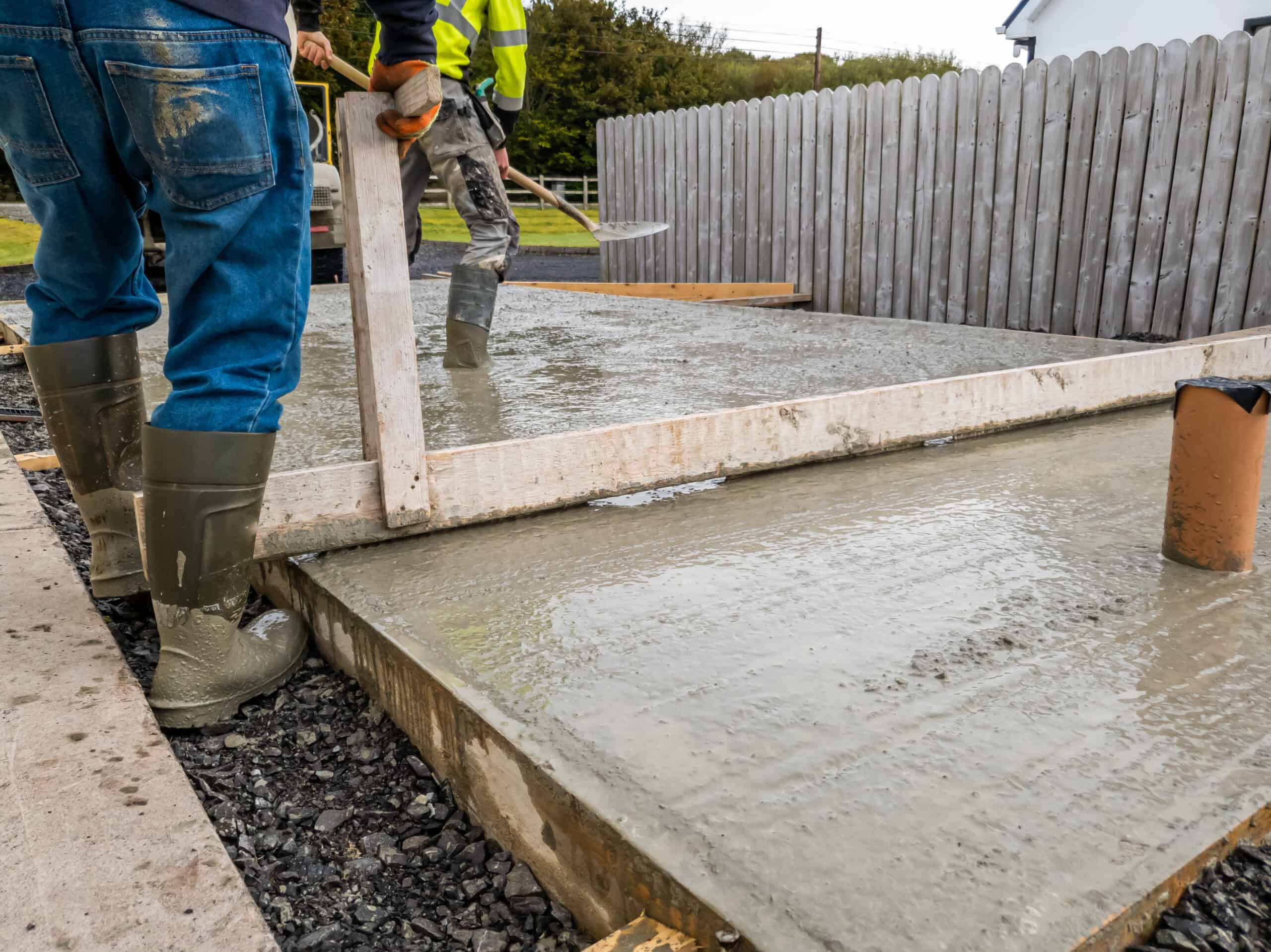
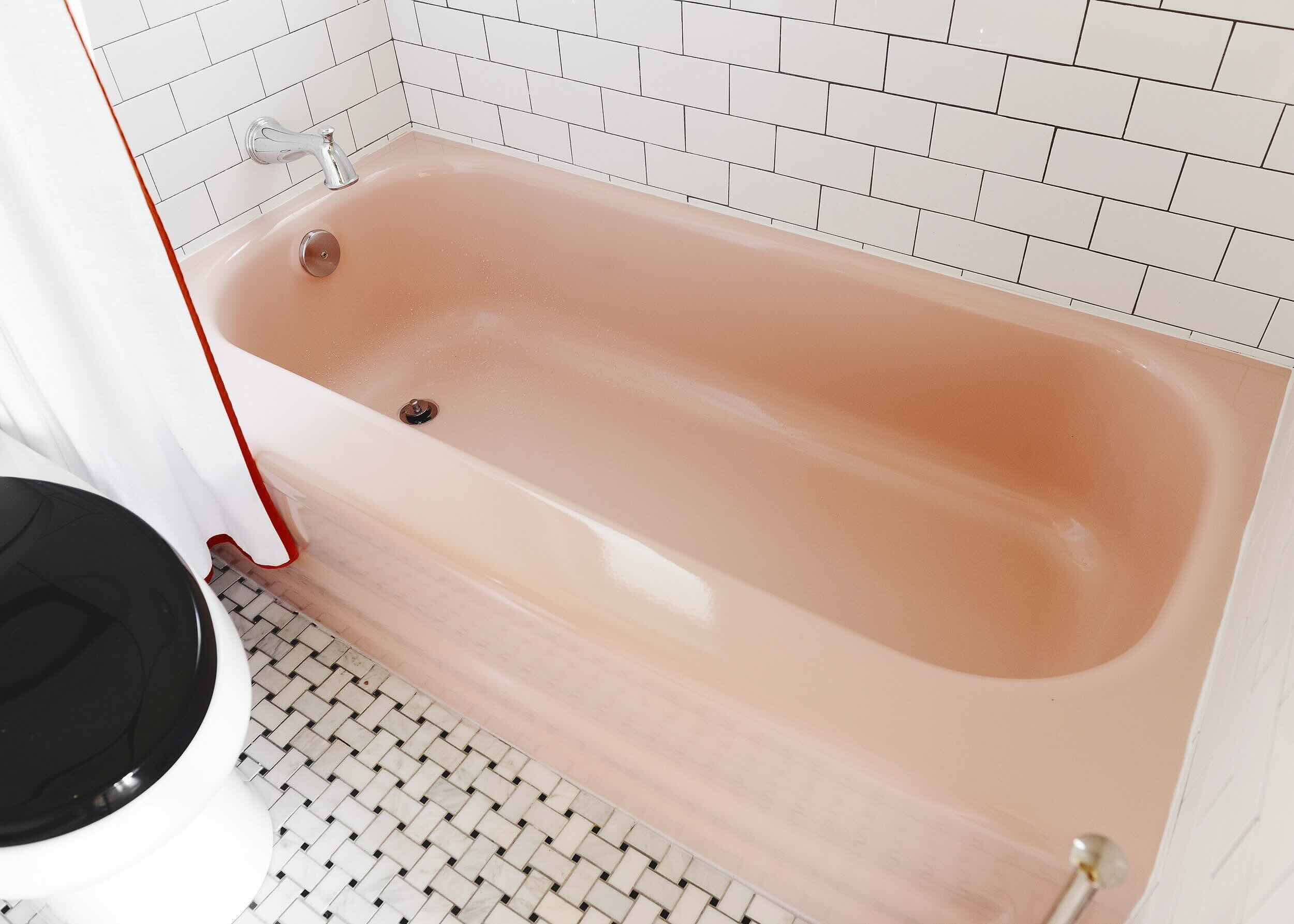
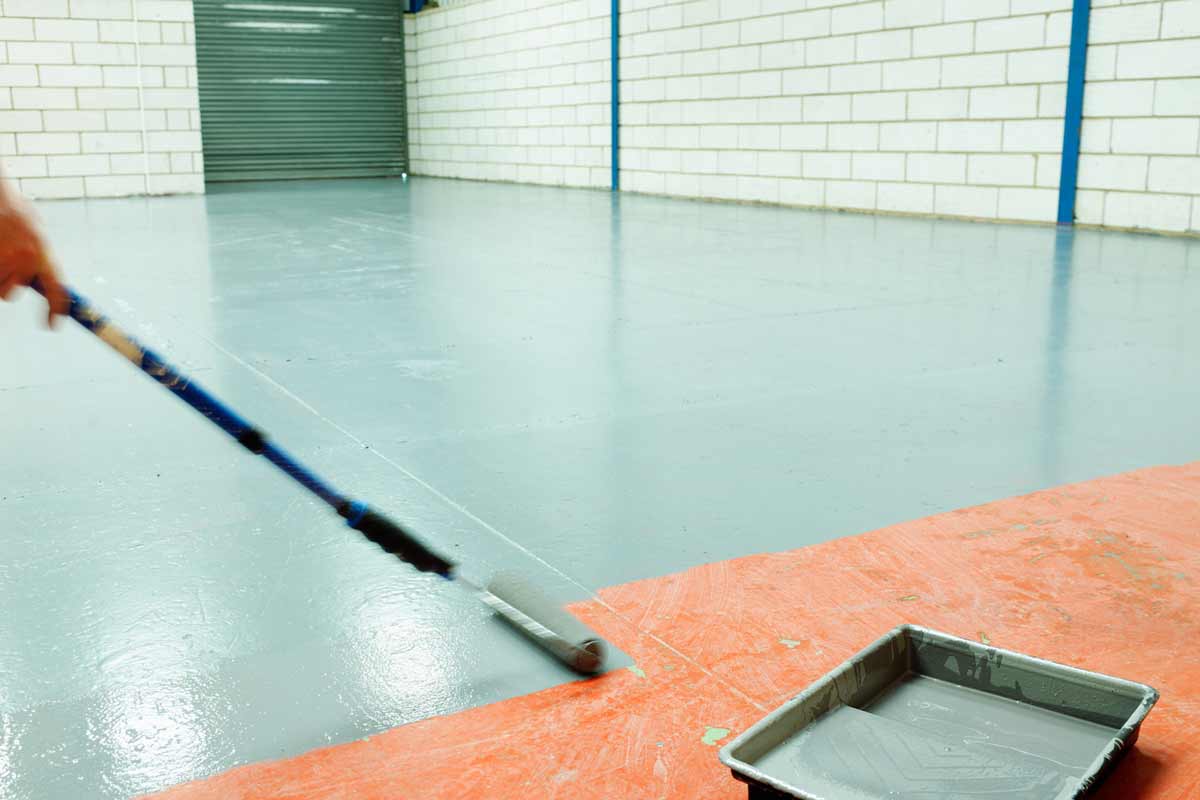
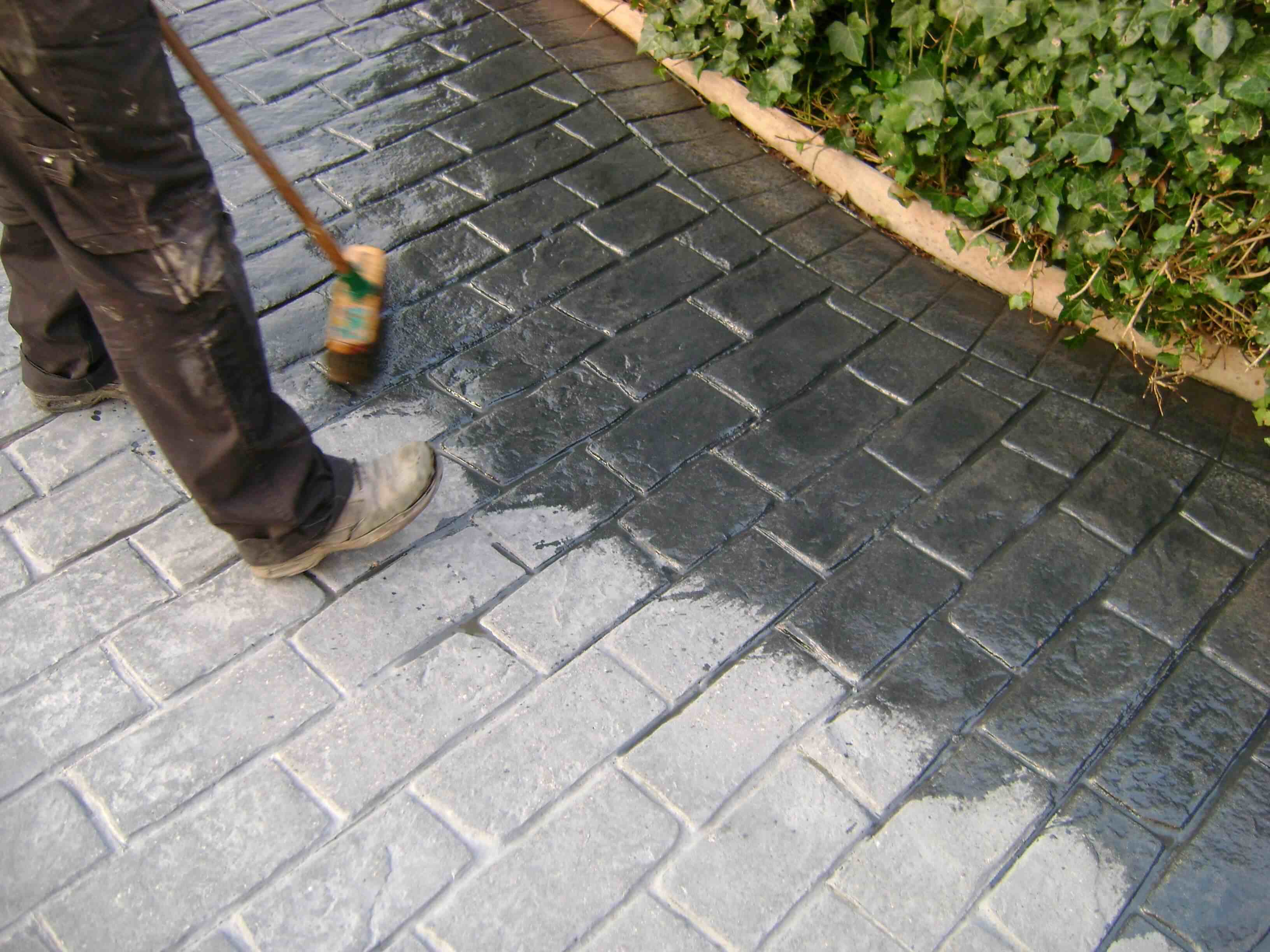
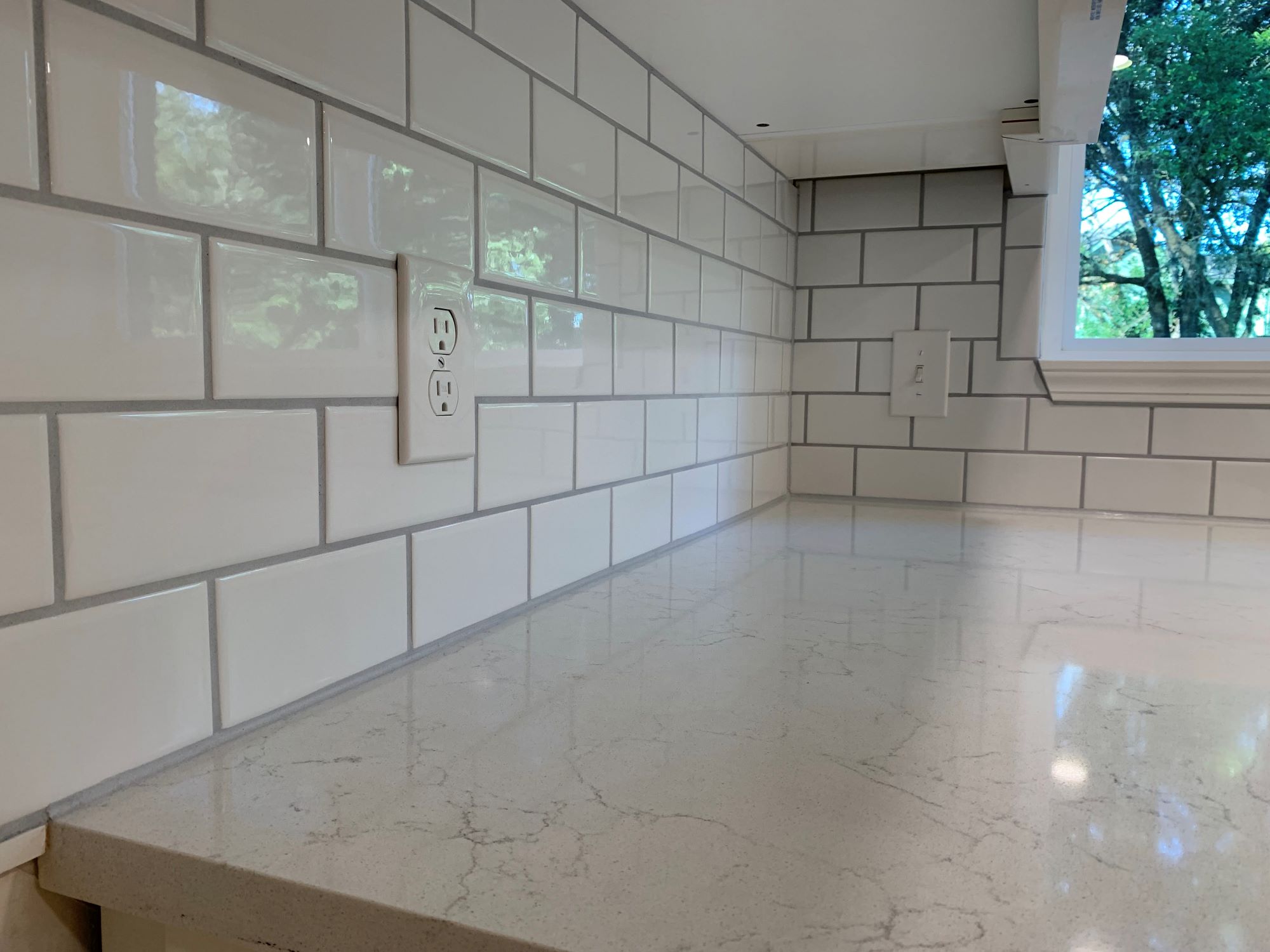
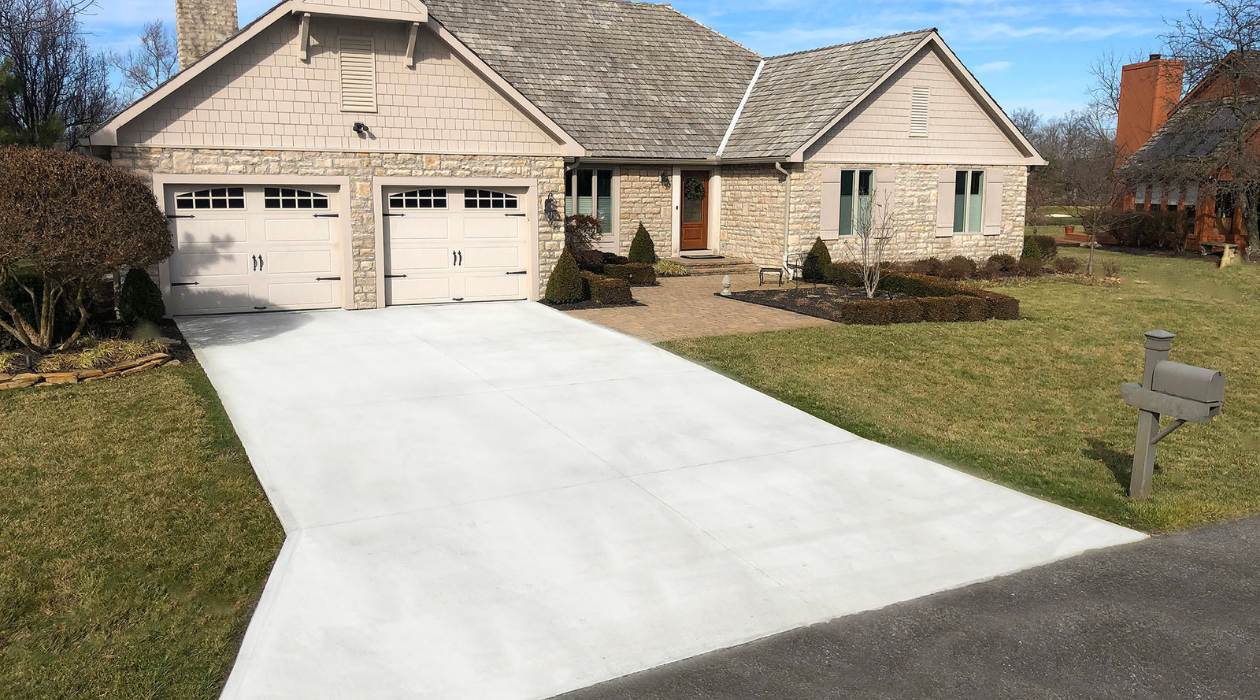
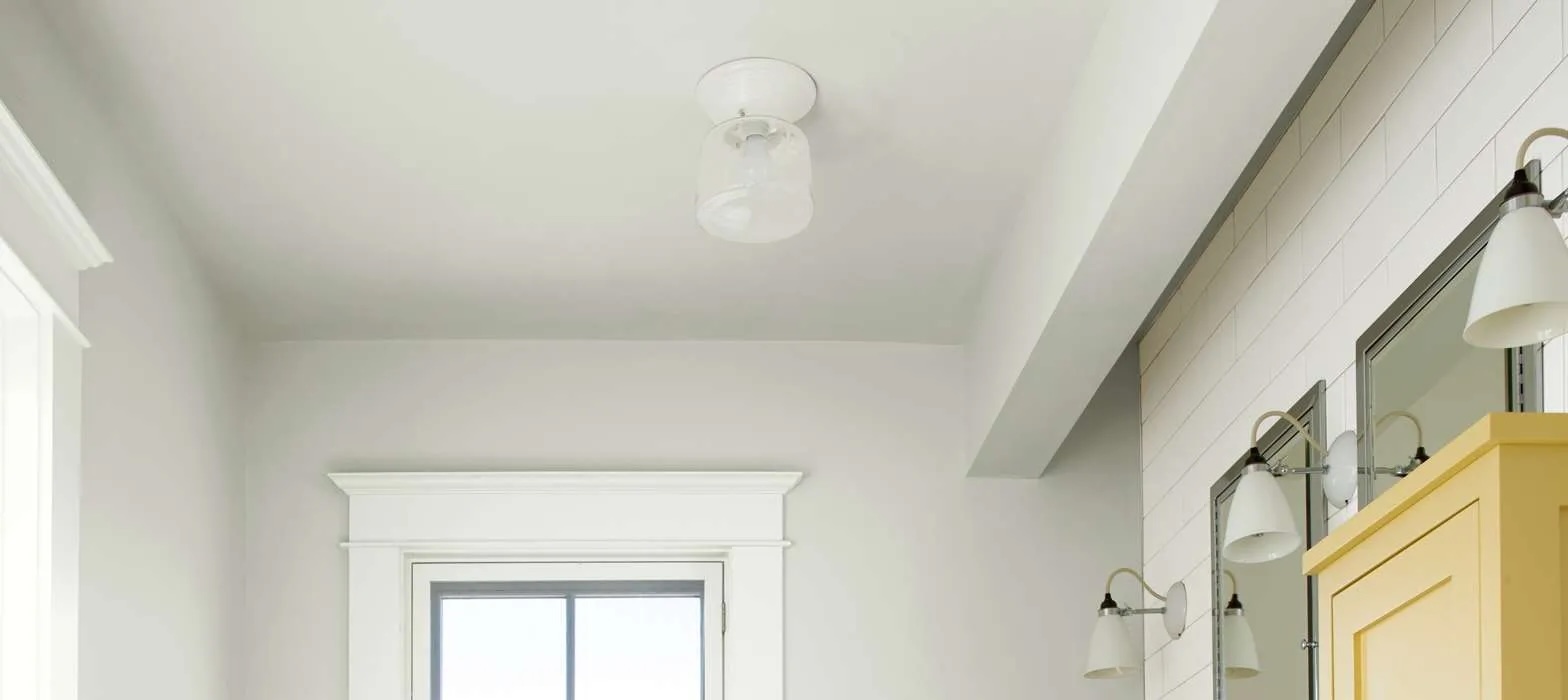
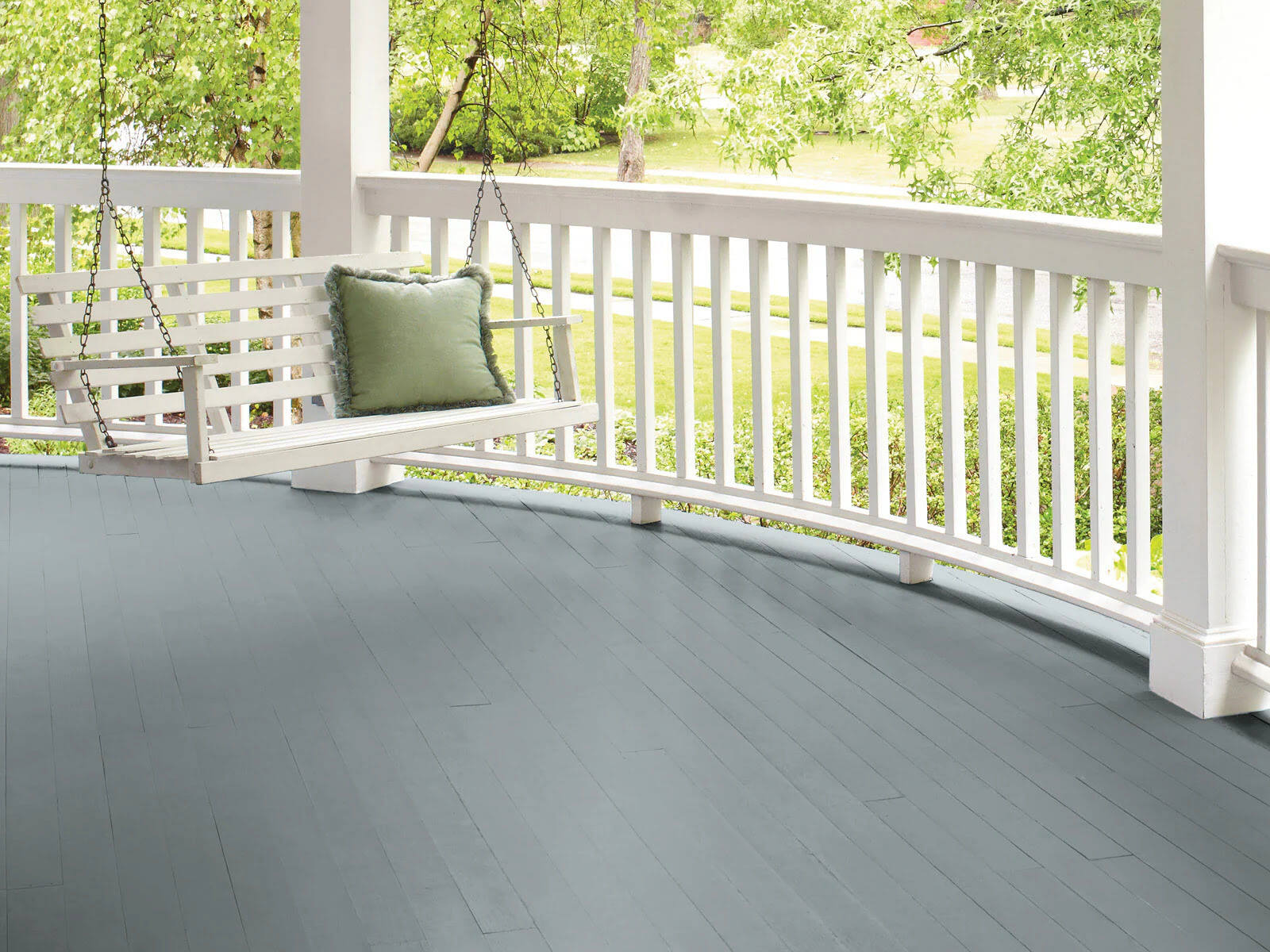

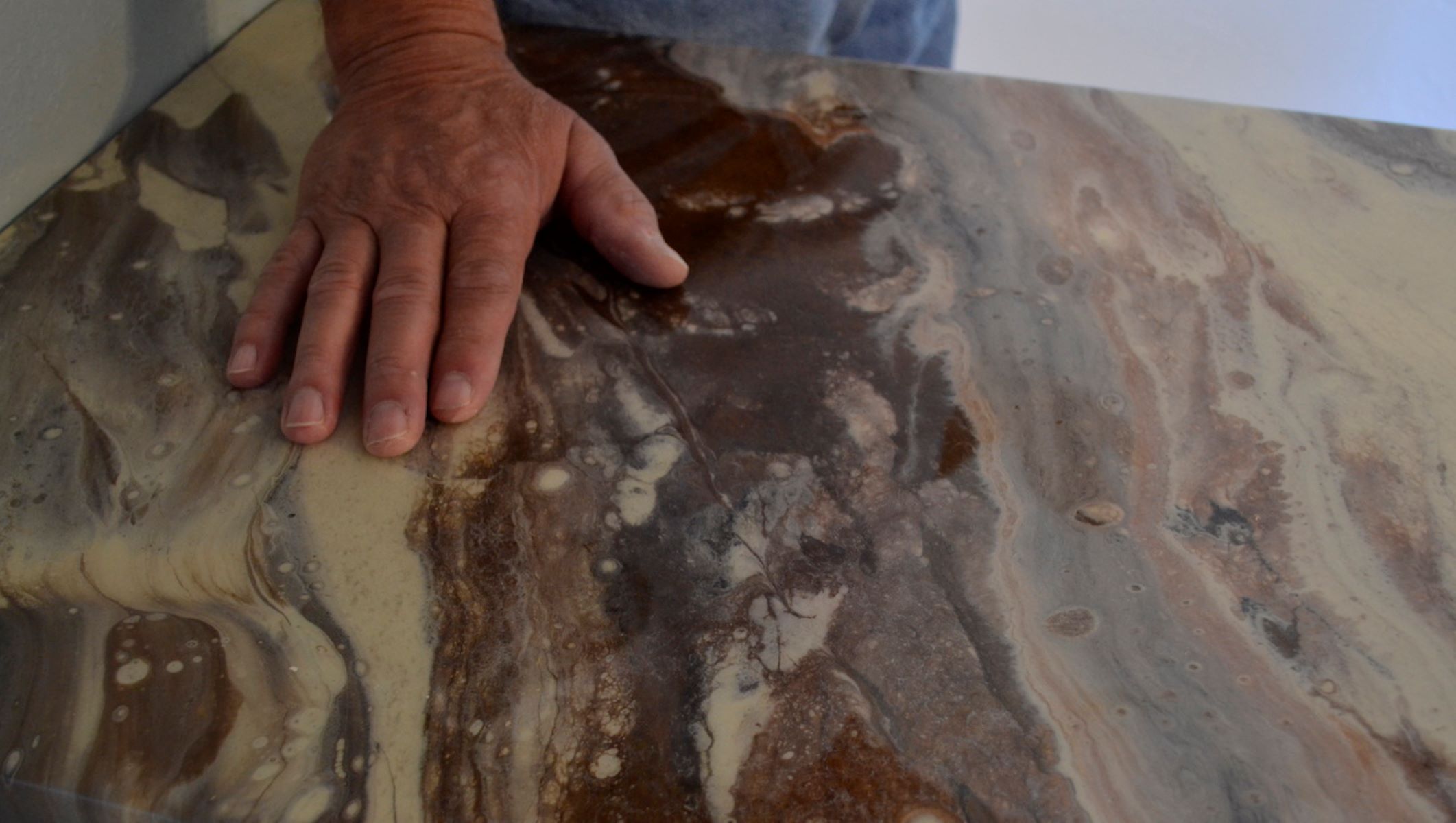

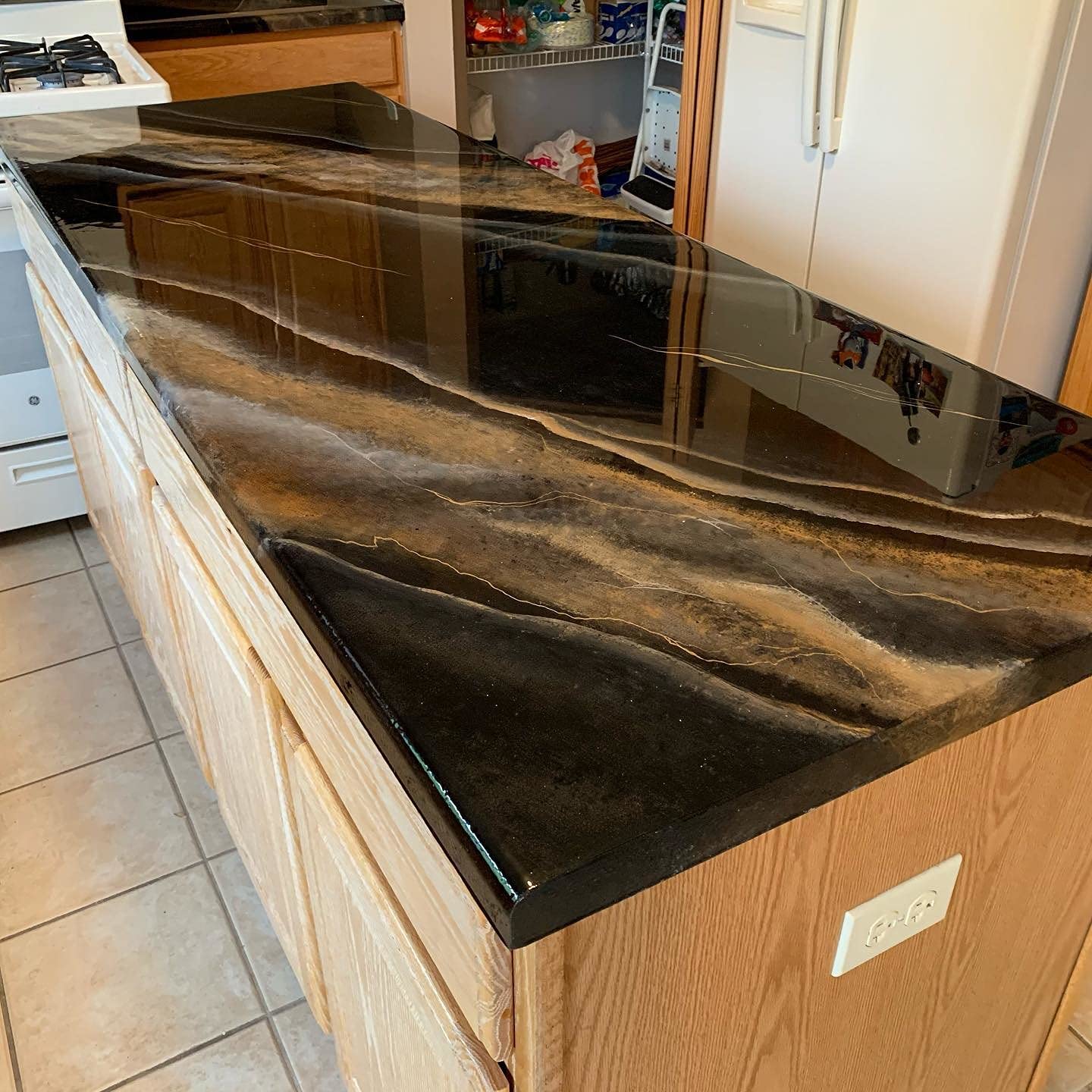
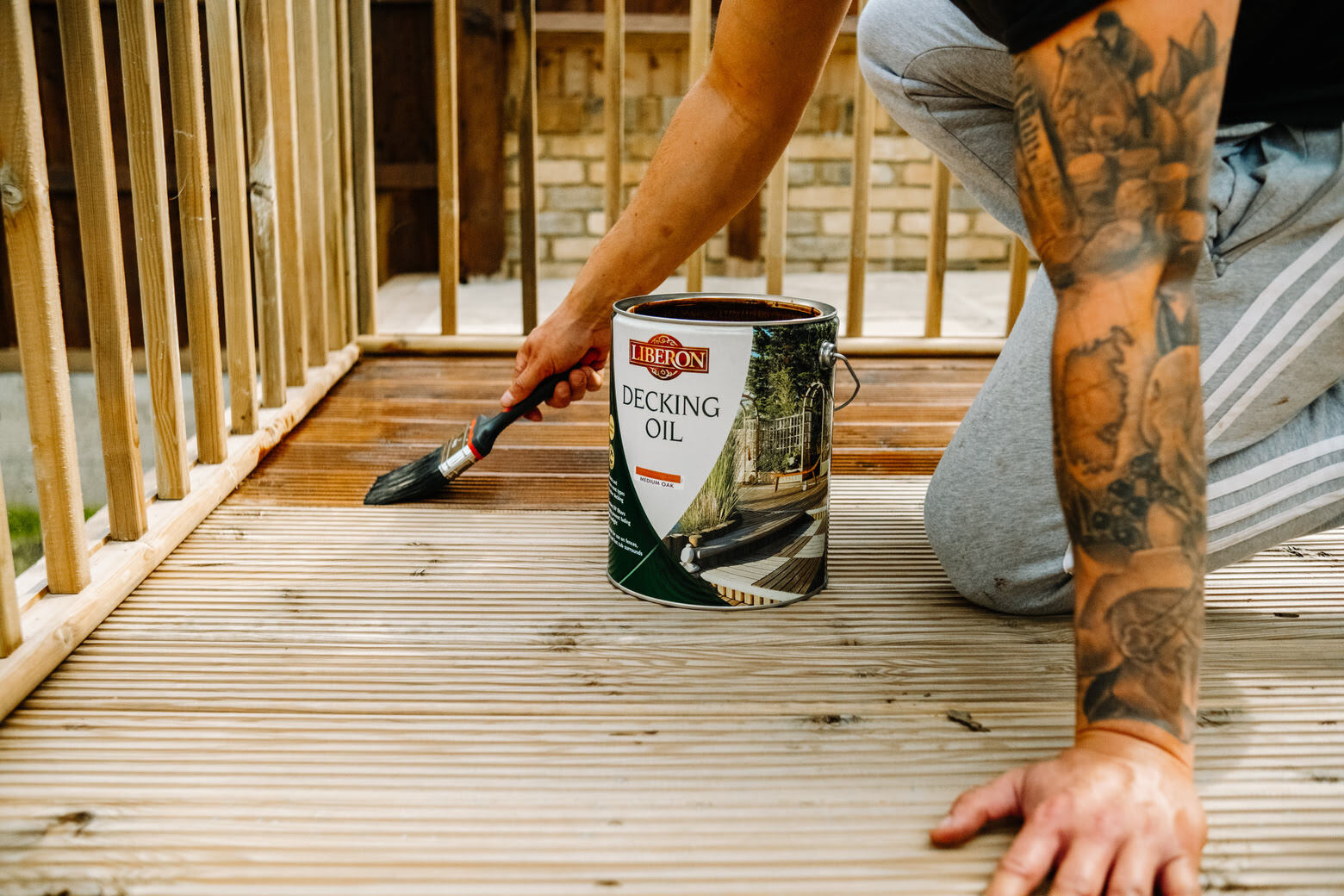

0 thoughts on “How Long Does Epoxy Take To Dry On Countertops”